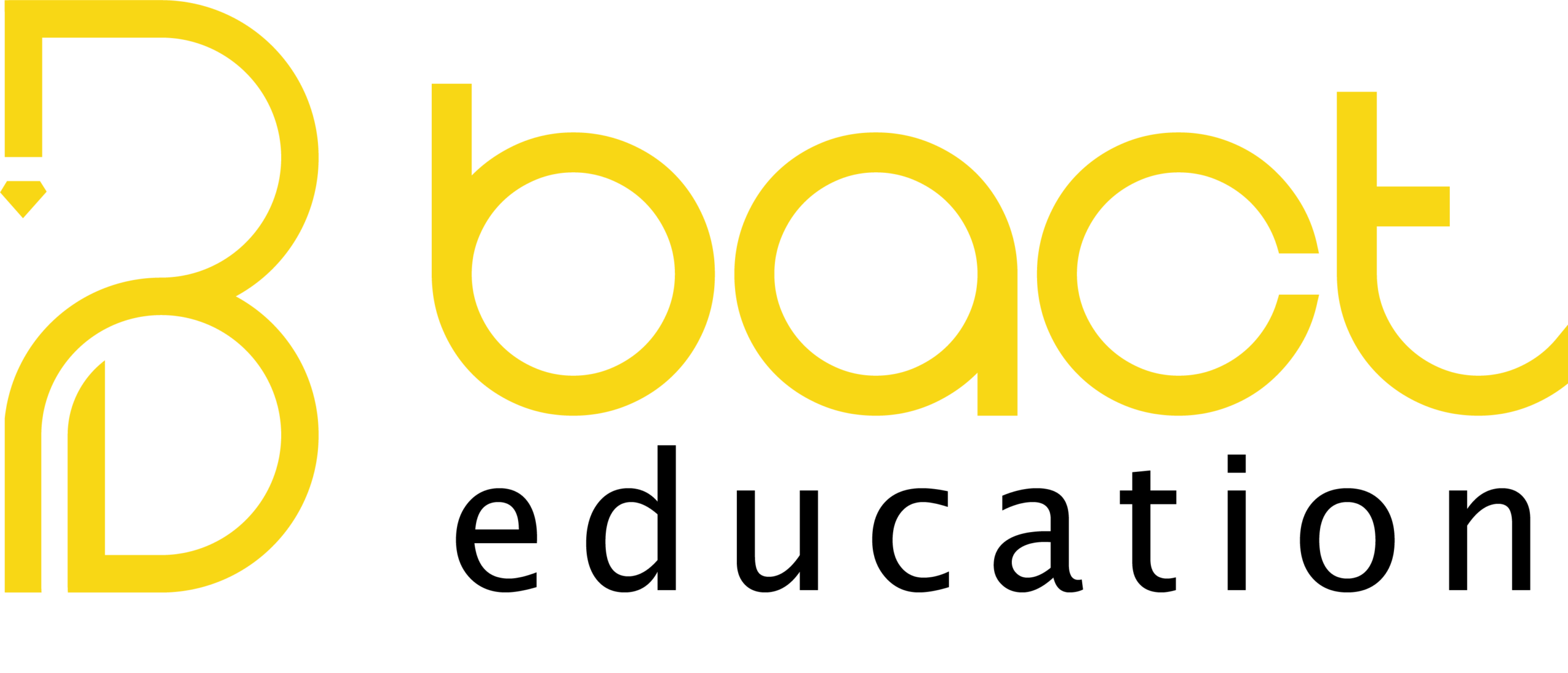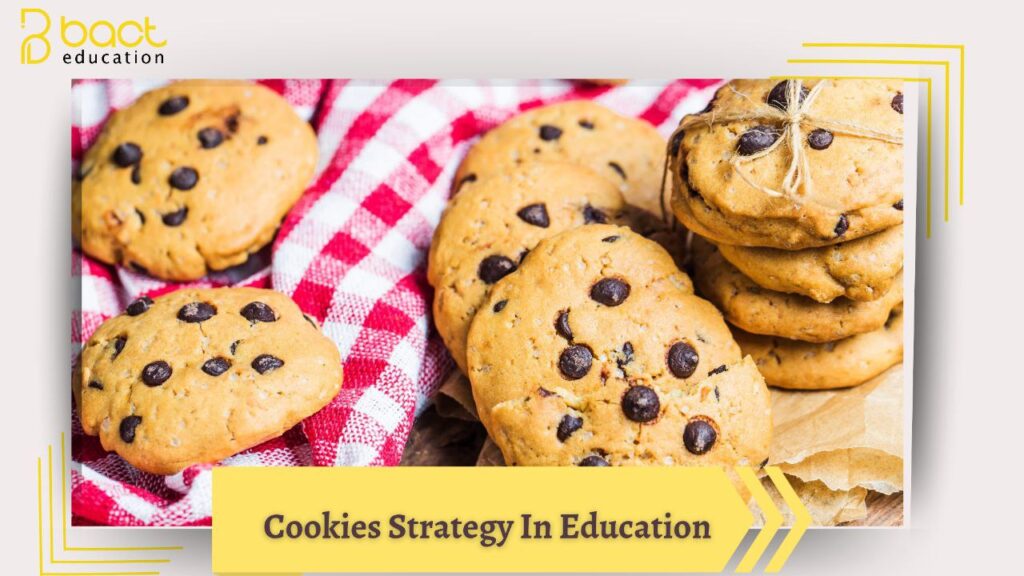The Cookies Strategy in Education: A Sweet Approach to Learning
🍪 What Is the Cookies Strategy in Teaching?
The Cookies Strategy is an engaging and interactive teaching method where educators use bite-sized questions and answers—like small “cookies”—to reinforce learning, assess understanding, and encourage participation. This strategy is especially effective for review sessions, formative assessments, and classroom discussions, making learning fun and dynamic.
Why Call It “Cookies”?
Just as cookies are small, sweet treats, this strategy breaks down knowledge into digestible pieces that students can easily consume and remember.
📚 How the Cookies Strategy Works
1. Preparation: Baking the Cookies (Questions)
-
The teacher prepares a set of short, clear questions related to the lesson.
-
These can be fact-based, conceptual, or critical-thinking prompts.
-
Example:
-
“What is the capital of France?” (Fact recall)
-
“How would you explain photosynthesis in one sentence?” (Concept check)
-
“Why do you think the character made this decision?” (Critical thinking)
-
2. Serving the Cookies (Delivery Methods)
Teachers can use this strategy in different ways:
✅ Quick Pop Quizzes – Surprise questions during lessons to keep students alert.
✅ Exit Tickets – End class with a “cookie question” to check understanding.
✅ Group Discussions – Students exchange and answer each other’s “cookies.”
✅ Digital Tools – Use platforms like Kahoot!, Quizlet, or Mentimeter for interactive Q&A.
3. Student Participation: Taking a Bite (Answering)
-
Students respond verbally, in writing, or via polls.
-
Encourages active recall, which strengthens memory.
-
Teachers provide immediate feedback to reinforce learning.
🎯 Benefits of the Cookies Strategy
🍪 Improves Engagement
-
Short, frequent questions prevent zoning out.
-
Feels like a game rather than a test.
🍪 Enhances Retention
-
Spaced repetition (small, repeated questions) boosts long-term memory.
🍪 Identifies Learning Gaps
-
Teachers quickly see which concepts need reinforcement.
🍪 Builds Confidence
-
Low-pressure questions help shy students participate.
🍪 Examples of Cookies Strategy in Different Subjects
| Subject | Example “Cookie” Questions |
|---|---|
| Math | “What is 7 x 8?” “Explain the Pythagorean theorem in simple terms.” |
| Science | “Name the three states of matter.” “Why do leaves change color in fall?” |
| History | “Who was the first president of the U.S.?” “What caused World War I?” |
| Language Arts | “Define ‘metaphor’ and give an example.” “What’s the main conflict in this story?” |
📢 Tips for Implementing the Cookies Strategy
🔹 Keep questions short and clear – Avoid confusion.
🔹 Mix easy & challenging questions – Keeps all students engaged.
🔹 Use visuals or props – For younger learners, actual (edible) cookies can be a fun reward!
🔹 Encourage peer questioning – Let students create and ask “cookies” to each other.
🔹 Combine with tech tools – Apps like Quizizz or Plickers make it interactive.
🍪 Final Thoughts: Why This Strategy Works
The Cookies Strategy turns passive learning into an active, enjoyable experience. By breaking lessons into small, question-sized pieces, teachers can:
✔ Boost participation
✔ Improve knowledge retention
✔ Make assessments feel effortless
🎤 Your Turn! Have you used the Cookies Strategy in your classroom? Share your favorite “cookie questions” below! 👇
Contact us :
+97144470880 landline
+971582491660 WhatsApp

